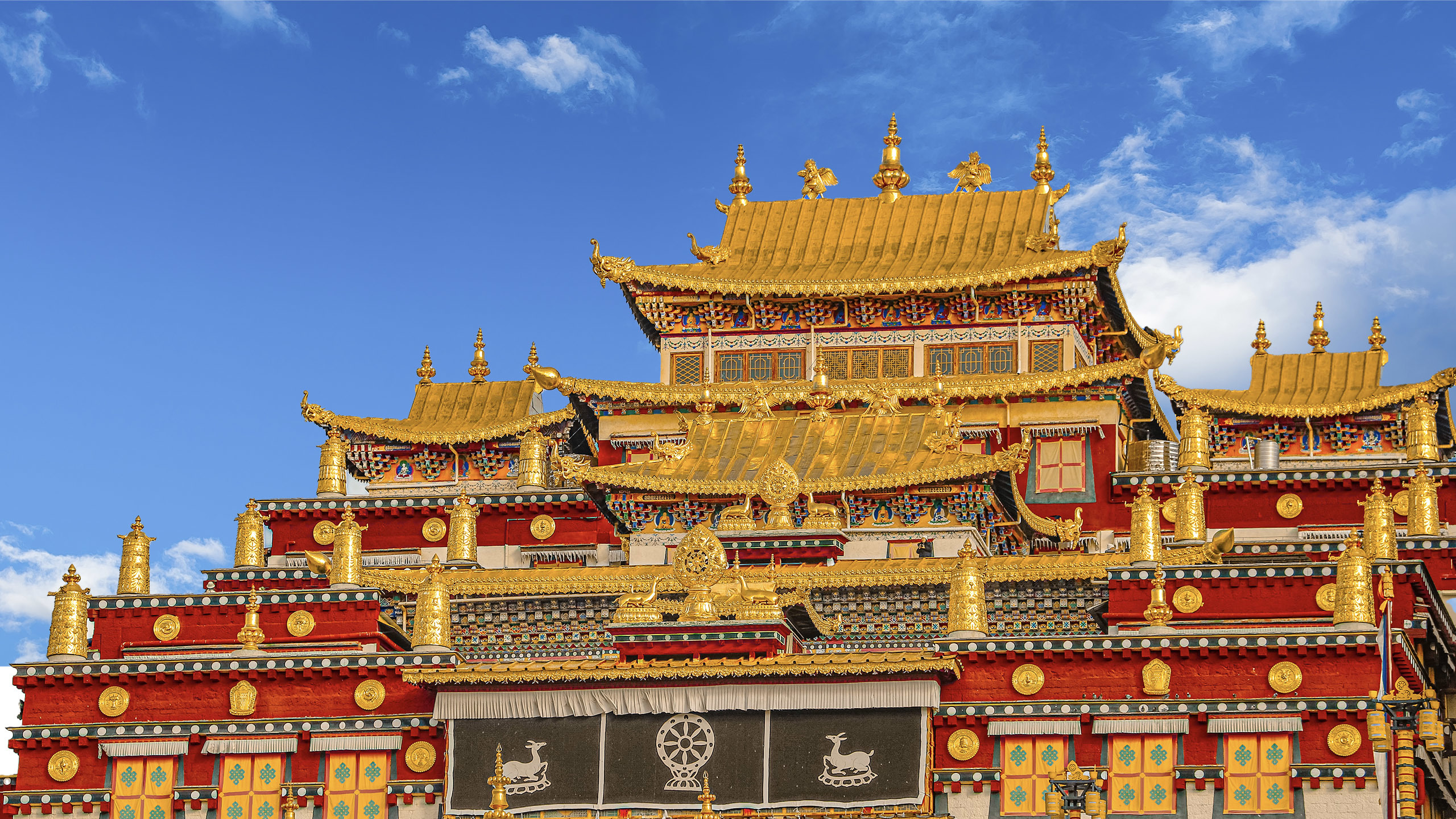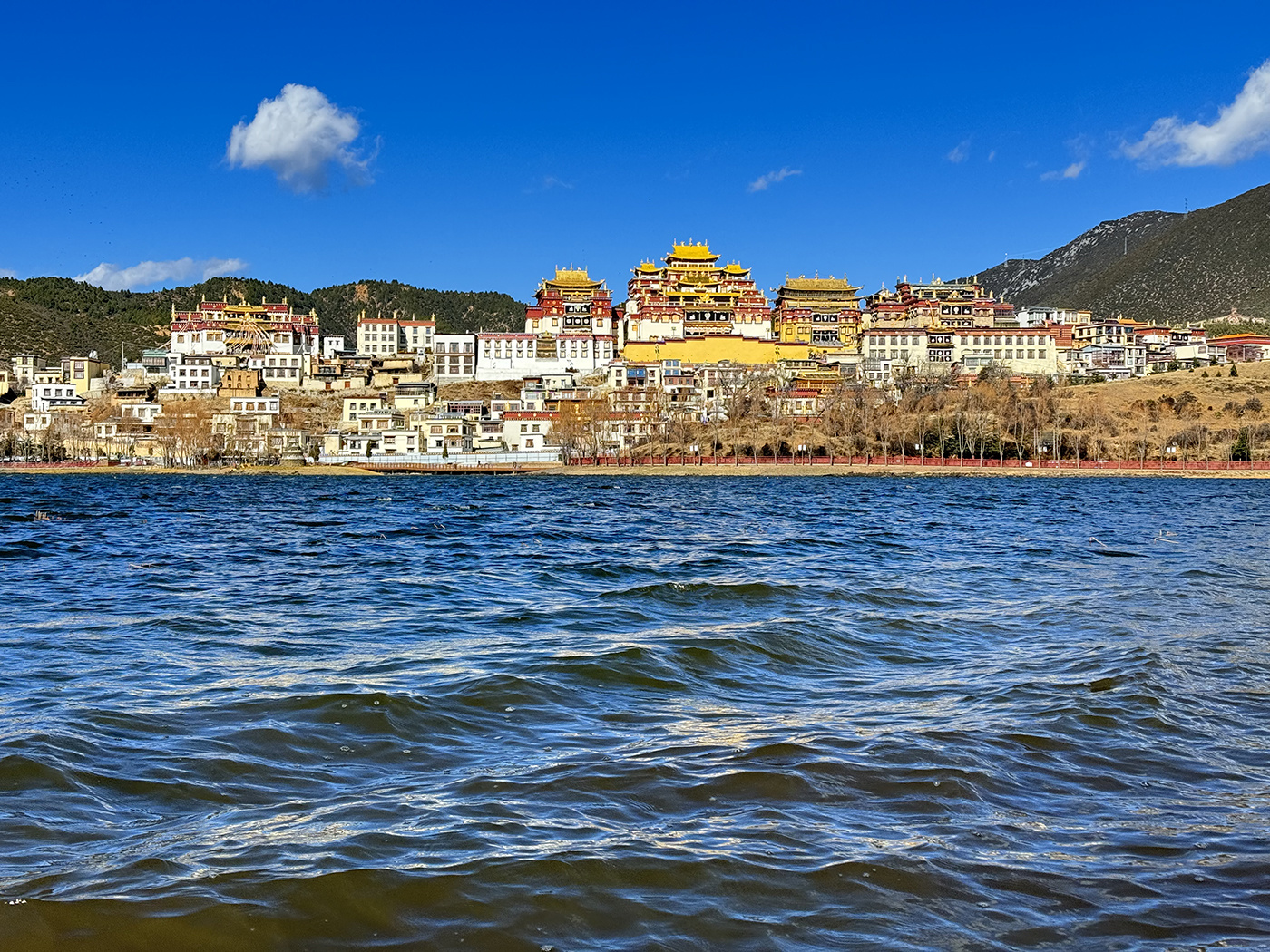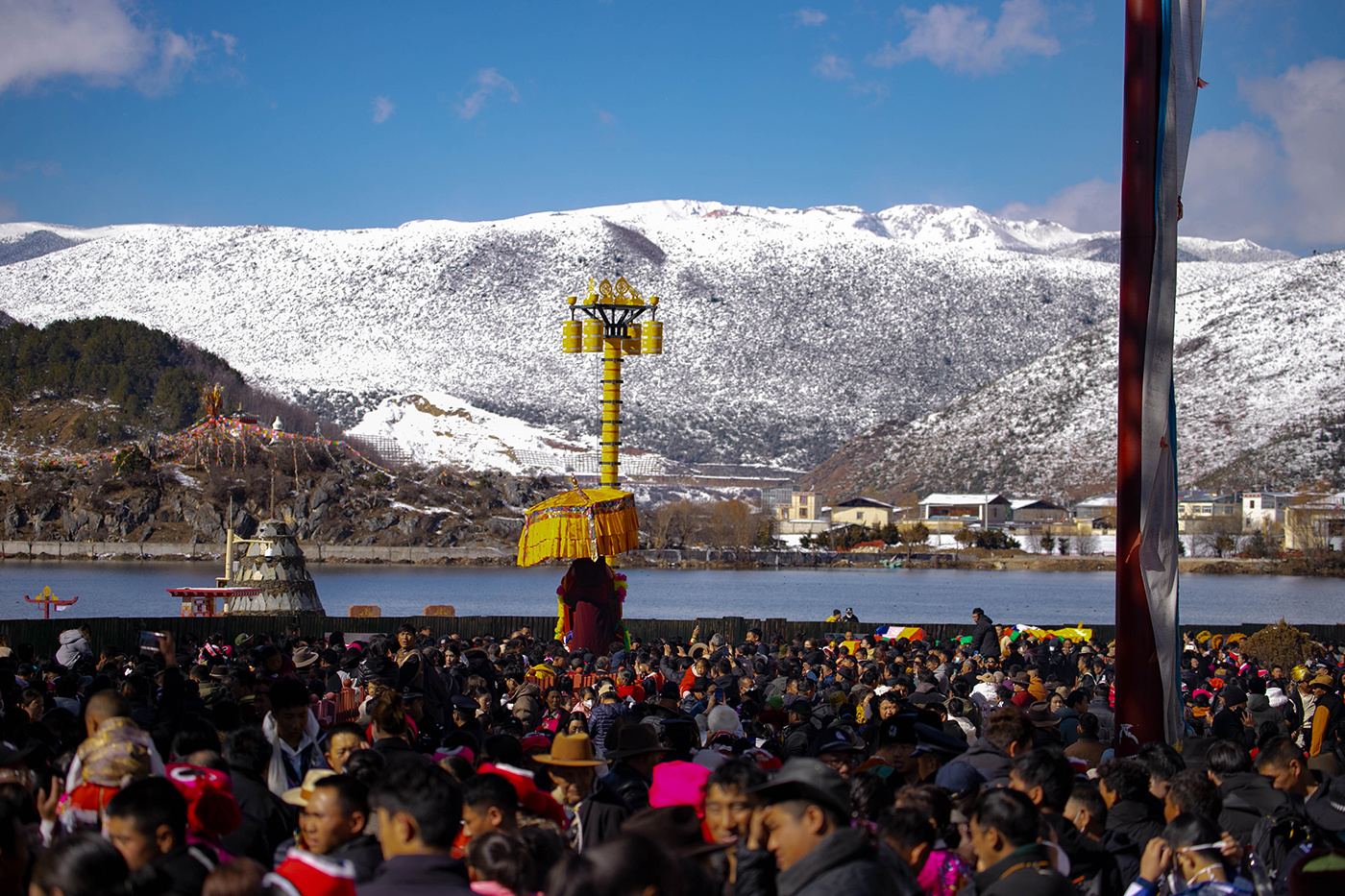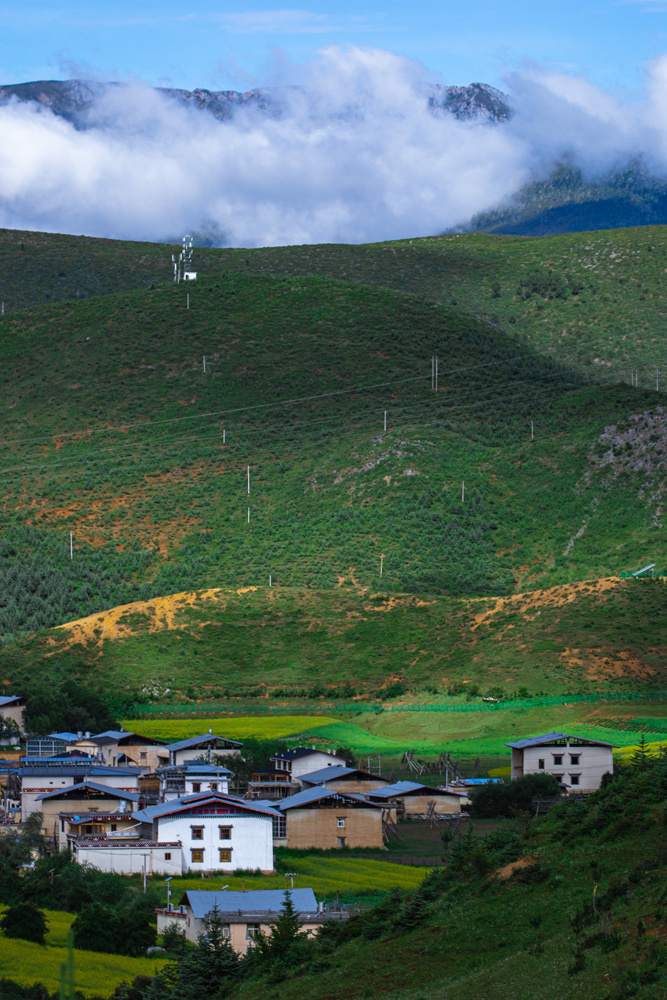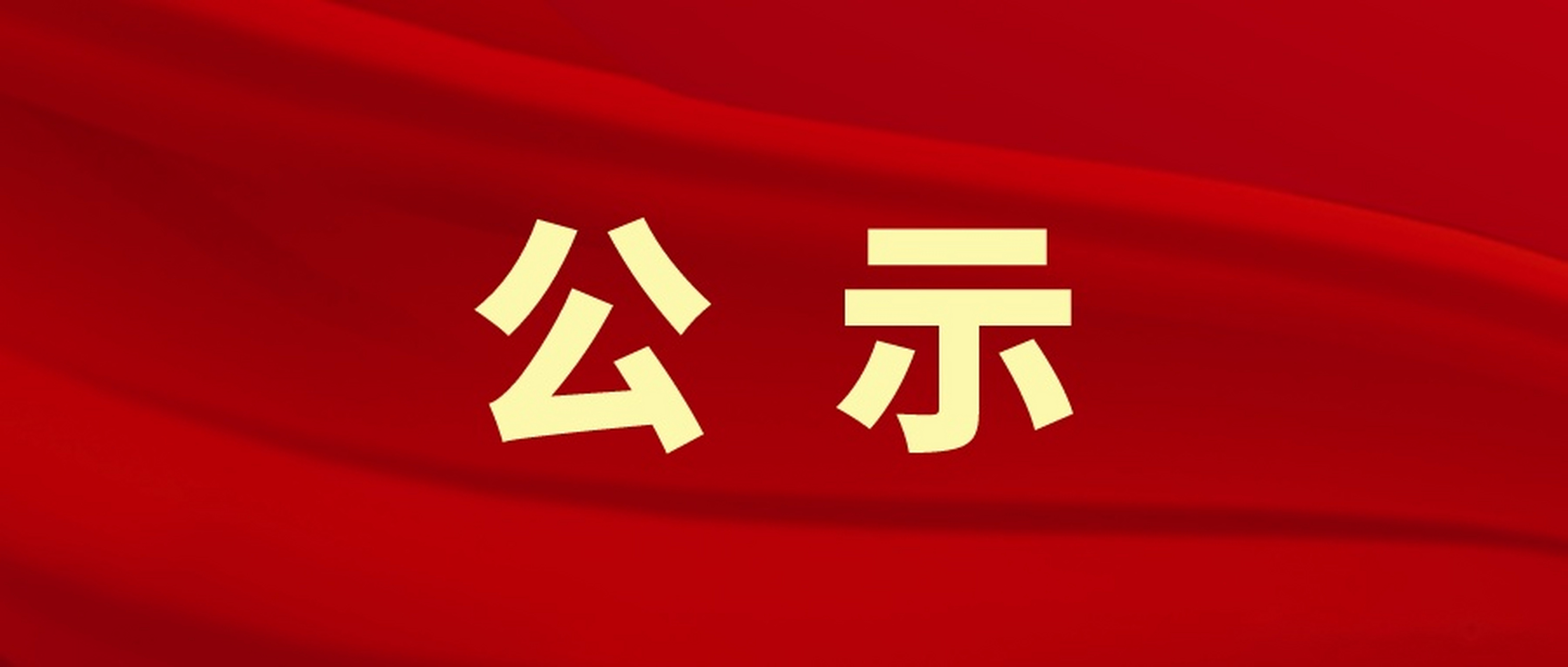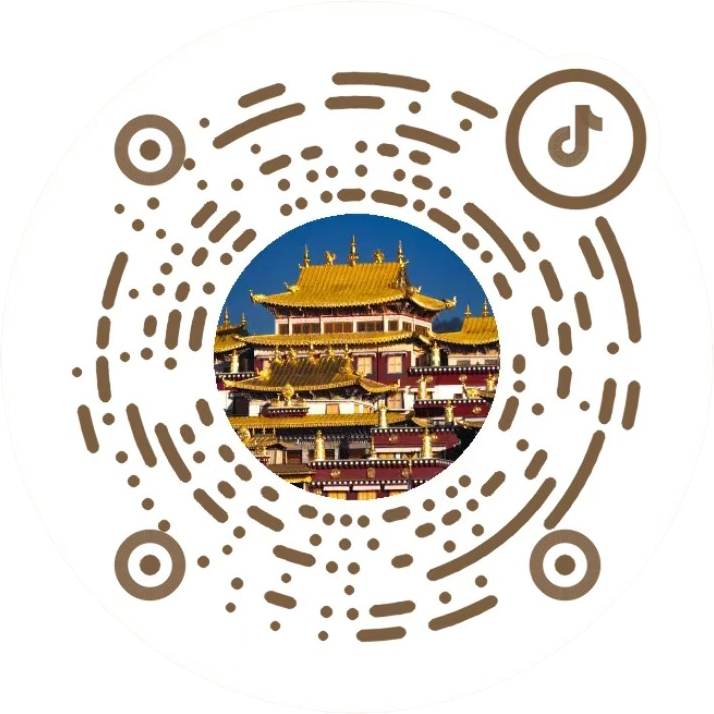Songzanlin Monastery
Songzanlin Monastery, also known as Ganden Sumtseling Monastery, is not only the largest Tibetan Buddhist monastery in Yunnan Province, but also the center of the Gelugpa Yellow Sect in Sichuan and Yunnan provinces. It plays a pivotal role in the entire Tibetan region. Because it looks similar to the Potala Palace in Tibet from afar, it is known as the "Little Potala Palace."


Opening Hours
07:30~18:30
Construction Date
1679
Tour Duration
2-3 hours
Ticket Price
¥90.00

Songzanlin Monastery Ticket Information
General Ticket¥90/person
Including shuttle bus and guide fees
Hotline:

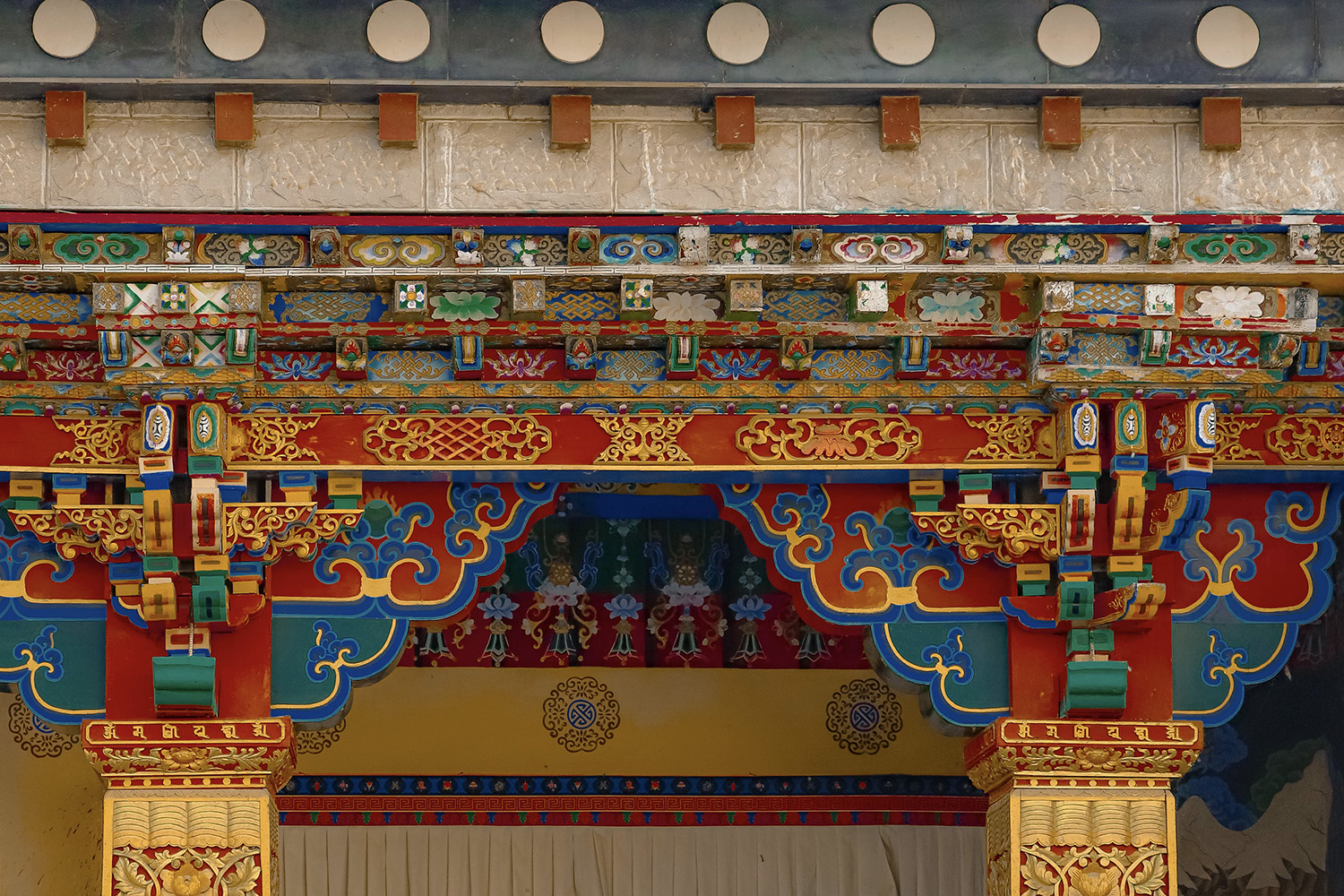
Murals Of Tibetan Buddhism
Murals are a common form of painting in Shangri-La. Shangri-La murals mainly depict religious themes, such as deities, spirits, and religious stories. They can be found in temples, outdoor buildings, private residences, inns, and many other places. The murals in Songzanlin Monastery are characterized by rich and varied techniques and vibrant colors. Most of them symbolize blessings for good fortune and health, and some also depict religious stories. When painting Buddha statues, strict adherence to Buddhist regulations is required, and the painting method mostly uses single-line flat painting, creating a solemn and dignified image with symmetrical proportions. When painting historical stories and folk paintings, the brushstrokes are simple and delicate, and a bird's-eye perspective is often used to depict figures and building backgrounds with geometric structures, creating unique and distinctive scenes.

Ba Da Kang Can
The monastic organization of Songzanlin Monastery is divided into three levels: Zhacang, Kangcan, and Misan. Zhacang refers to the highest level of monastic organization, and its subordinate is "Kangcan," which means monastic group in Tibetan. According to the monks' origins or regions of origin, the monks of the large temple are divided into several groups, forming regional organizations. Kangzan is presided over by an old monk and has staff such as Nianwa and Gekan. It independently manages the administrative, religious, and economic affairs of the religious district. Eight Kangzans are built in an orderly manner on the hillside of Songzanlin Monastery, namely Duoke Kangzan, Rongba Kangzan, Xiangcheng Kangzan, Zaya Kangzan, Dongwang Kangzan, Naxi Kangzan, Yangtang Kangzan, and Jidi Kangzan. The architecture of Kangzan is different from that of the main hall, having a flat roof.

Architectural Features
The monastery buildings of Songzanlin Monastery are a collection of the essence of Tibetan religious culture. The buildings are resplendent and magnificent, with a variety of shapes, gold-plated copper tiles, and the main hall of Zhakang is spacious and grand. The many Buddha statues enshrined in the hall are tall and sacred, and the murals and carvings in the side halls are exquisite and magnificent. Here, the profoundness of Buddhism is revealed, the rich connotations of Buddhist scriptures are interpreted, the preaching of Buddhism's universal salvation is resounded, and it is a hall filled with Buddha's light.
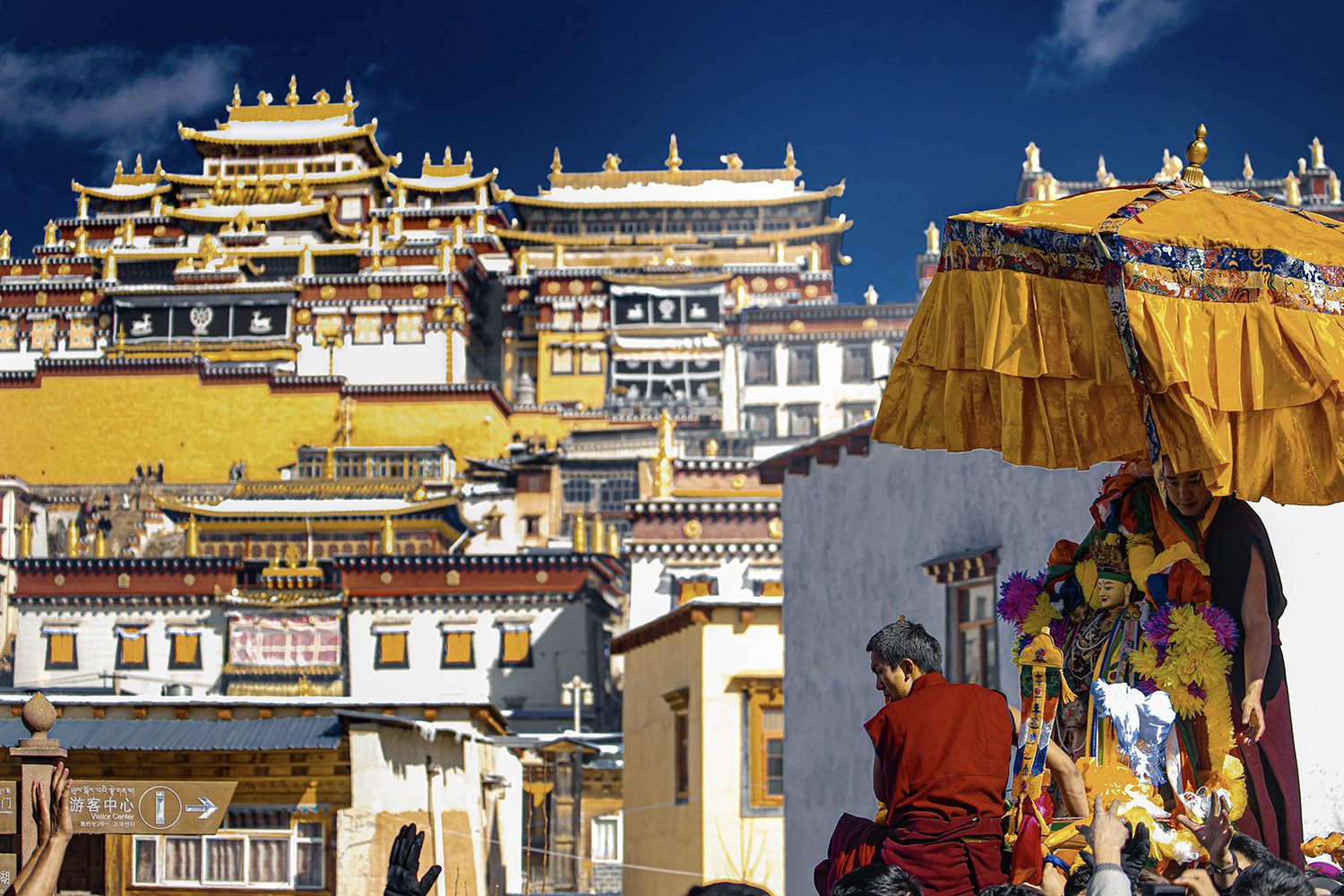
Tibetan Buddhist Culture
Songzanlin Monastery is built on a mountain and resembles an ancient castle. It represents the culmination of Tibetan architectural art and is known as the "Tibetan Art Museum." The entire temple is surrounded by a Zen-like atmosphere that has been rendered for thousands of years. Gently touching the mysterious Buddhist culture, comprehending the sanctity of the temple, and sincerely experiencing the splendid and magical religious culture of Songzanlin Monastery.
Blog


